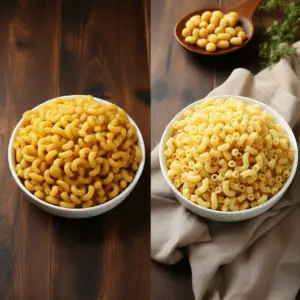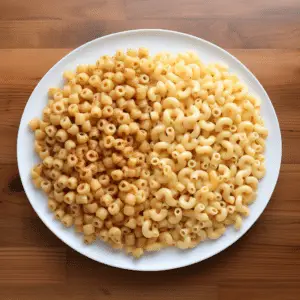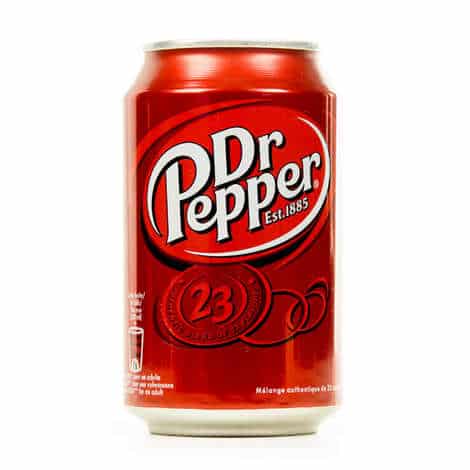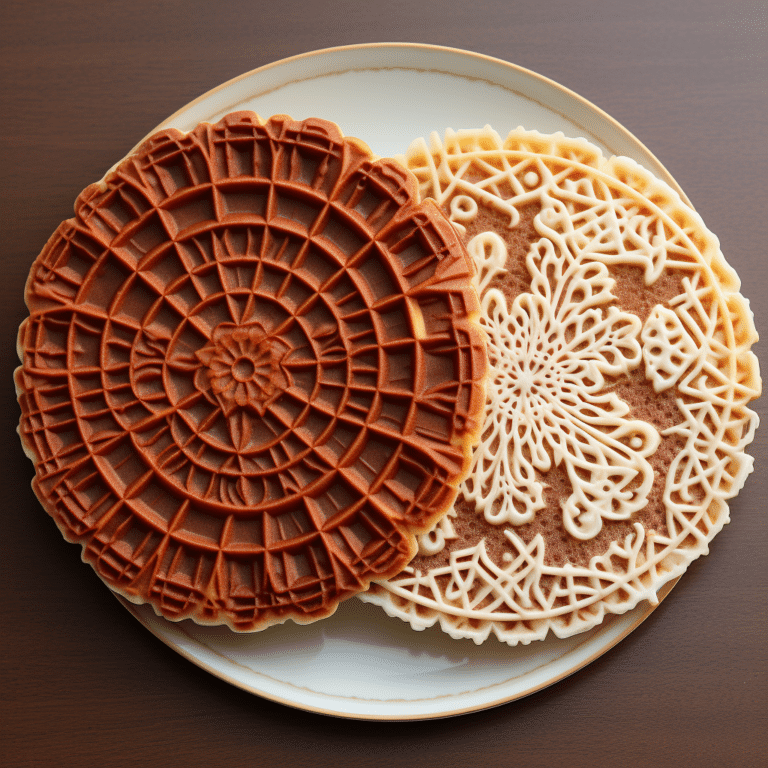Cavatappi vs Cellentani: Pasta Similarities and Differences
Cavatappi and Cellentani Pasta Comparison and Cellentani are tubular, spiral-shaped pasta that are so similar one may end up confused between the two. Often, the two names are interchanged when referring to one type of pasta.
The main difference is that cellentani has more ridges than cavatappi. They are made of similar ingredients and used in the same dishes. To better understand the differences and similarities, we take a deeper look at each.

Cavatappi Vs Cellentani: Overview
Description And Appearance
Cavatappi and Cellentani Pasta Comparison is an Italian name meaning corkscrew in English. As the name suggests, these pastas are shaped like corkscrews. It is made of thick, hollow pasta with lines or ridges on the surface. It’s often yellow but can be red or green if fortified with vegetables. It is thicker and rounder. Cellentani is similar to its counterpart cavatappi in shape and texture, but has more ridges on the surface, is thinner, and more delicate.
Origin
Cellentani was created as a result of a mistake in Barilla, parma. In the 1970s, a pasta factory made a set of pasta dies with spiral lines instead of straight lines. The manufacturer named it cellentani, after a famous Italian pop singer whose dancing style resembled springs. The shape was later copied by other manufacturers who changed the name and adopted their brand names, such as cavatappi.
Preparation Of Cavatappi And Cellentani
The two main ingredients in these types of pasta are salmonella wheat flour, egg yolks, and water. Food factories make them for commercial purposes, but you can make your family supplies at home. To make fresh pasta at home, you could follow these tips below;
- Gather the items and ingredients you require.
- Pour flour into a bowl, and add egg yolk. You can use salt and additives that suit your family’s needs. Mix well before adding water to the mixture. Knead well until you achieve the right dough, not too hard or too soft.
- Cover the dough with a kitchen towel to rest for 30 minutes. Making them rest for too long could make them dehydrated. If you cannot complete the process at once, refrigerate or freeze the dough, but it might turn grayish.
- Roll the dough and cut it out into a spiral shape.
- Cook the pasta or store it for later use.
How To Cook Pasta
Pasta is a delicate dish that requires to be prepared keenly. When overcooked, it turns soggy and chewy if undercooked. Bring water to boil in a skillet or saucepan. Add salt; this is optional. After the water has come to a complete boil, add the pasta. Avoid adding the pasta before the water is well boiled; it will make the pasta absorb the water and get soggy. Stir it slightly to prevent them from sticking together as they cook—Cook the pasta for 8 to 10 minutes or as per the manufacturer’s instructions.
Fresh noodles cook faster, three to four minutes. If you plan to add the noodles to a dish such as a casserole that will continue cooking, do not cook them thoroughly.
Pasta Recipes
Pasta is a versatile dish that can be served in various recipes, and it could be eaten as a primary or side dish or as a mid-meal snack in hot or cold meals. You can use pasta in salads, casseroles, soups, lasagna, and your favorite nuts or vegetables. You could also serve it with chicken curry, ground beef, beans, green peas, grilled pork, shrimp, or baked chicken.
Benefits Of Pasta
In many households, pasta is a staple mainly loved by kids, teens, and adults. It is a quick fix when you are short of time or tired. Whole grain pasta, consumed in moderation with a healthy accompaniment, is an excellent addition to your diet. It is affordable, versatile, readily available, and has numerous health benefits.
- It is an excellent source of energy fuelling productivity.
- It may help prevent the progression of cancers, especially stomach and colon cancers.
- It might help in weight management. Whole grain dishes fill fast and make you fuller for a long time, reducing the chances of binge eating.
- Pasta might help control blood sugars due to its low glycemic index(GI).
- It is a source of omega-three essential in cardiovascular health, brain functioning, and reducing the risk of high blood pressure.
- It is high in protein essential in boosting the immune system, aiding in metabolic and healthy cell production.
- It is a low-calorie option when eaten in moderation.
- It is a source of folic acid.
- It is sodium free, thus suitable for persons on low-sodium diets.
Possible Side Effects Of Pasta
Though it has health benefits, when you eat them often, they could lead to undesirable side effects, including;
- Increased risk of diabetes. Pasta is loaded with carbs which can trigger weight gain and obesity, a predisposing factor in type 2 diabetes.
- The main ingredient of pasta is wheat, which contains gluten that might lead to allergic reactions in some people.
- Over Consuming pasta exposes you to the risk of increased cholesterol that might cause high blood pressure and blood clots.
- It increases the risk of heart diseases such as heart failure and stroke.
- It might lead to cancer.
- If you find your baby with pasta frequently, you risk malnutrition.

Substitutes
You can substitute cavatappi and cellentani in different dishes as they are similar in shape, texture, and ingredients. You could also replace them with pasta such as rigatoni, rotini, and farfalle(bowtie).
Cavatappi and Cellentani Pasta Comparison and cellentani are kinds of pasta of Italian origin. They are similar in shape and texture, but cellentani has more ridges and is thinner and more delicate than cavatappi. Often, you will find people using these names interchangeably.






